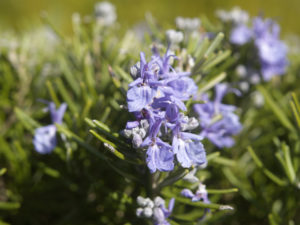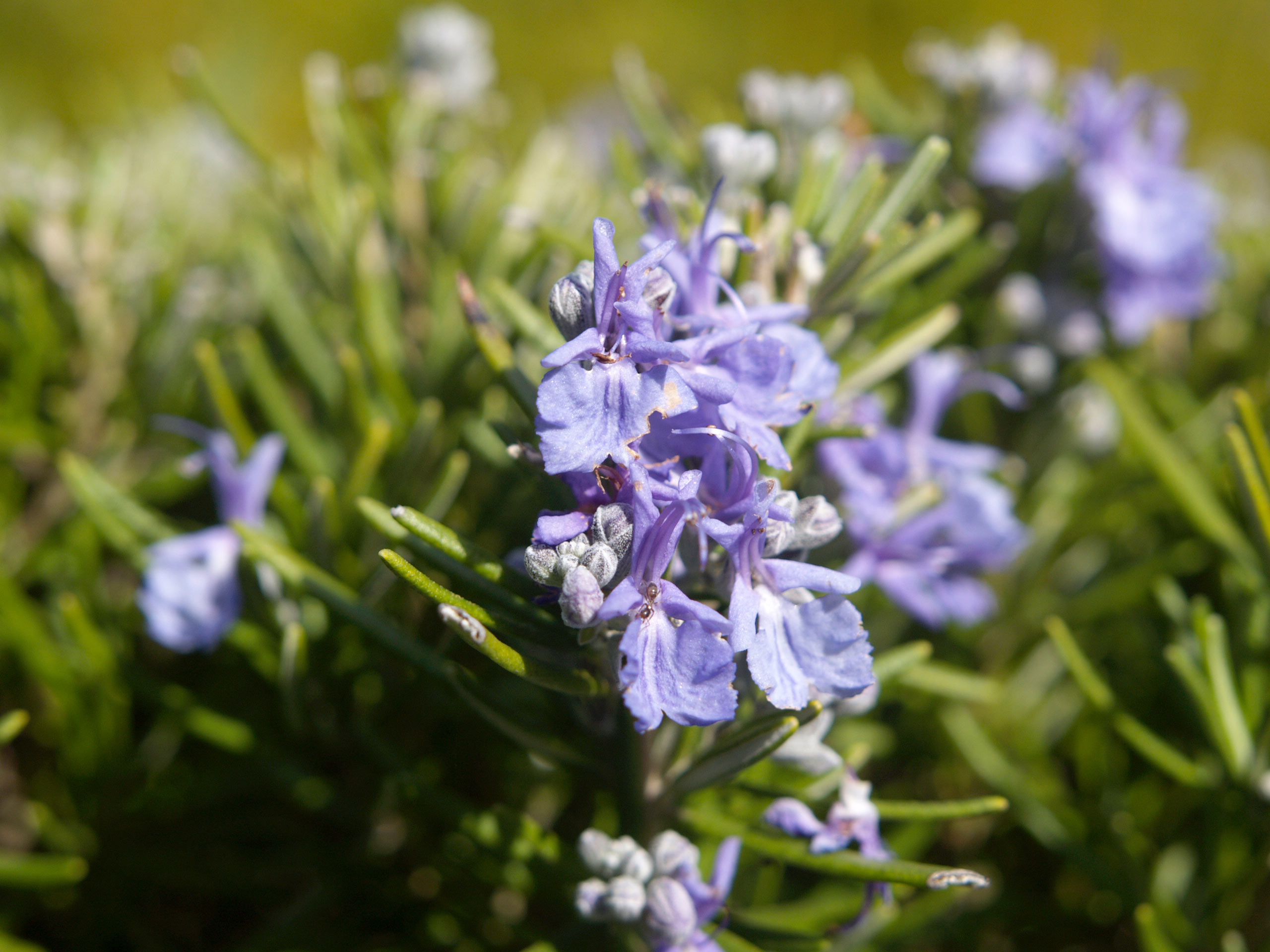When a friend shared her recipe for cilantro root pesto, I was immediately intrigued. All this time, I had been wasting a perfectly edible plant part? At the first opportunity I dug up a plant and tried her recipe. The results were amazing – stir fries will never be the same again! Since discovering the glorious flavor of cilantro root, I’ve been on a mission to discover and use the lesser known edible parts of my garden plants. Here’s a list to get you started on your next culinary adventure!

Cilantro (Coriander) – Chop the roots in a food processor with olive oil, garlic and pepper. Add this to stir fries, salad dressing or soups. A little goes a long way; the roots are full of flavor. Flowers can be used as garnish, or in salads. Seeds taste best when crushed just prior to using; often used in Indian and Latin recipes.
Parsley – Roots can be eaten fresh, roasted or added to soups and stews.
Dill – Add flowers to pickles, or potato salad. Seeds are used toasted, fried or added into soups, salads and pickling brine.
Basil/Chives/Mint/Rosemary/Thyme/Sage – You can eat the flowers of all of these herbs; flavors are similar to the leaves.
Arugula – flowers taste similar to the leaves, add to salads, or use as a garnish.
Pea – Add the young tendrils, shoots and flowers to stir fries and salads. Pea shoots can easily be grown indoors for winter greens.
Squash – Add young shoots to salads or lightly sauté with garlic. Flowers are wonderful stuffed, baked, or fried. Toasted seeds makes a great snack or salad topper.
Watermelon – Pickle the rinds.
Sweet potato leaves – Braise leaves and stems with garlic.
Garlic – Use the gorgeous flower scapes as you would use the garlic bulb. They are also good when pickled, or made into a pesto.
Popcorn – Young shoots are super sweet and very attractive. Add to smoothies, salads or soups.
Sunflower – Young shoots taste much like the seeds.
Nasturtium – The spicy flowers are a great addition to the salads. Dried flowers can be added to salt for a tasty and attractive alternative. Leaves make a lovely garnish and are also good in pesto. Seed pods can be pickled and used as capers.
Radish – Seed pods can be pickled, tossed into stir fries or sprinkled on top of salads. Leaves can be eaten as salad greens when young or sauté older leaves with garlic. The flavorful flowers can be used as a garnish, or added to salads.
Carrot – Toss greens in a salad, quickly blanch, or make a pesto. Remember to save your seedlings for this purpose while thinning.
Beet, Turnip, Kohlrabi, Brussels sprouts – Eat the young leaves as a salad greens, or lightly sauté the mature greens. Grow for sprouts.
Cabbage, Broccoli – Stems can be eaten along with florets, chopped into a slaw, or added to soups and stews. Toss leaves into smoothies, stir fries or salads. Grow for sprouts.

